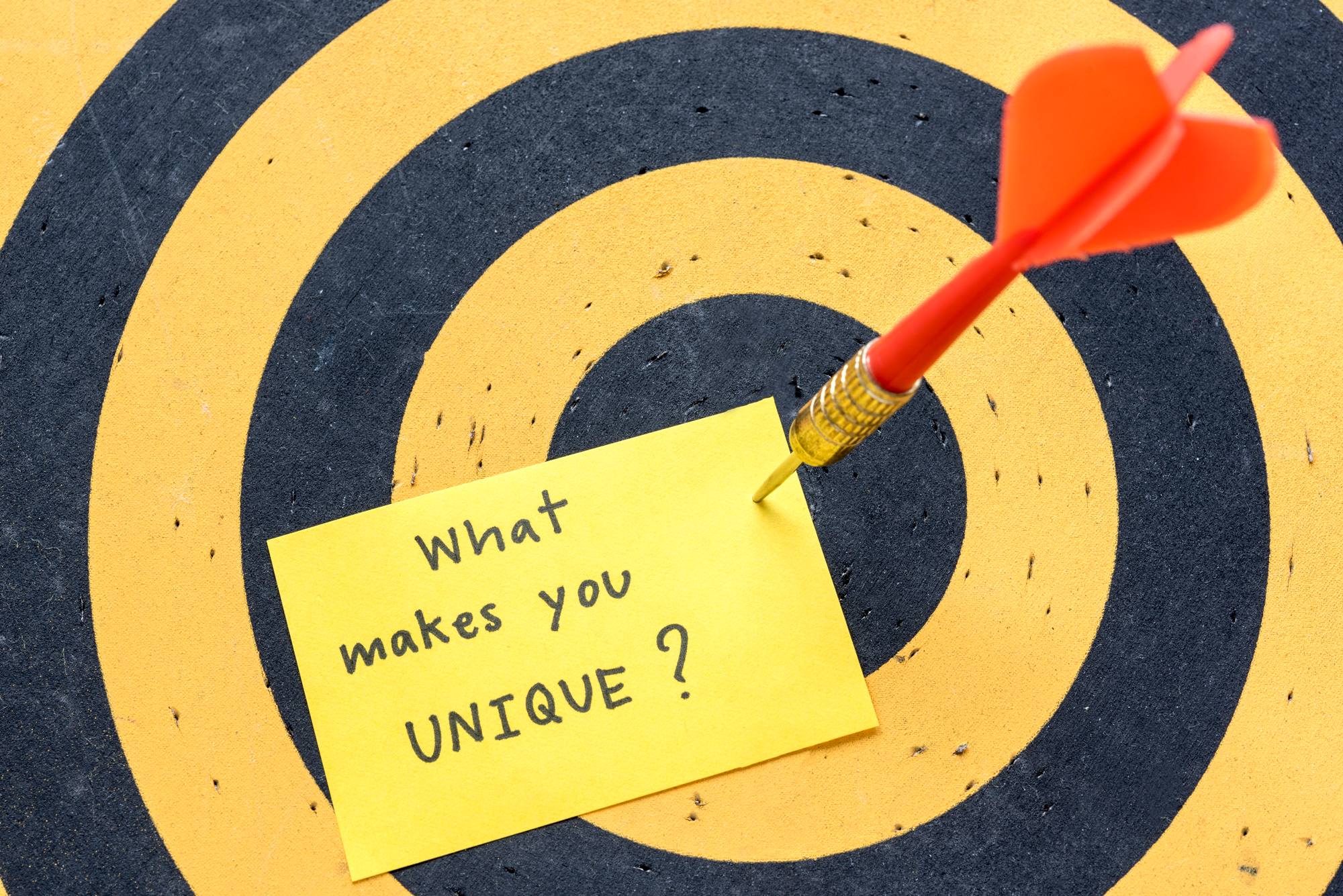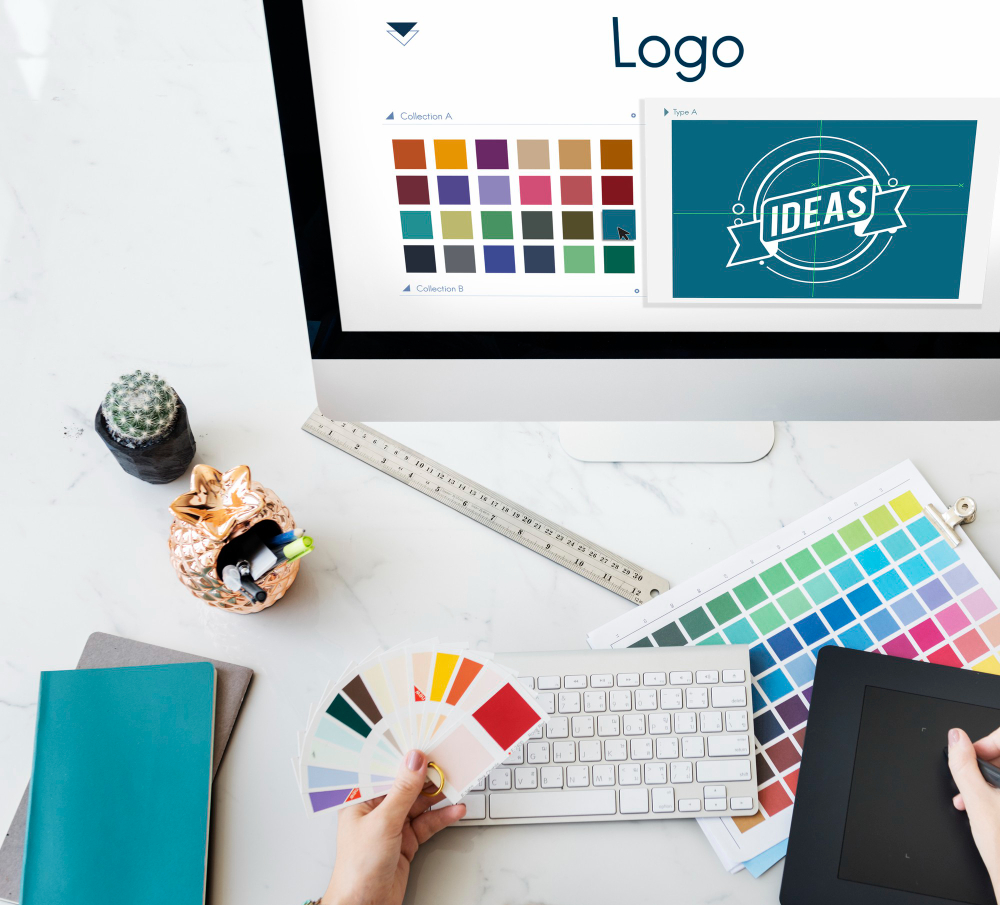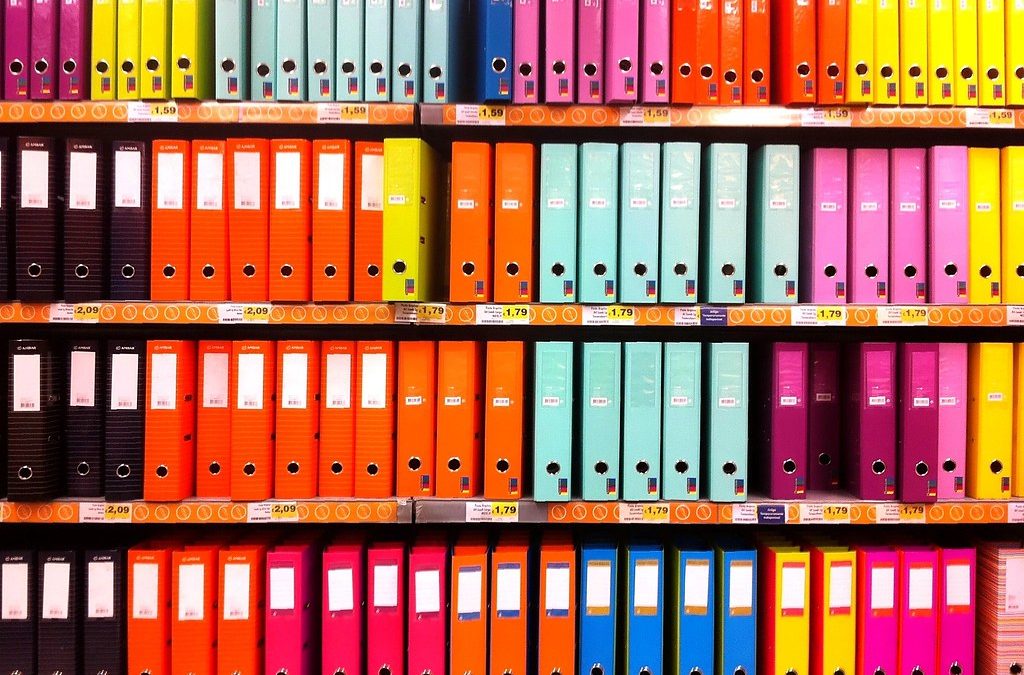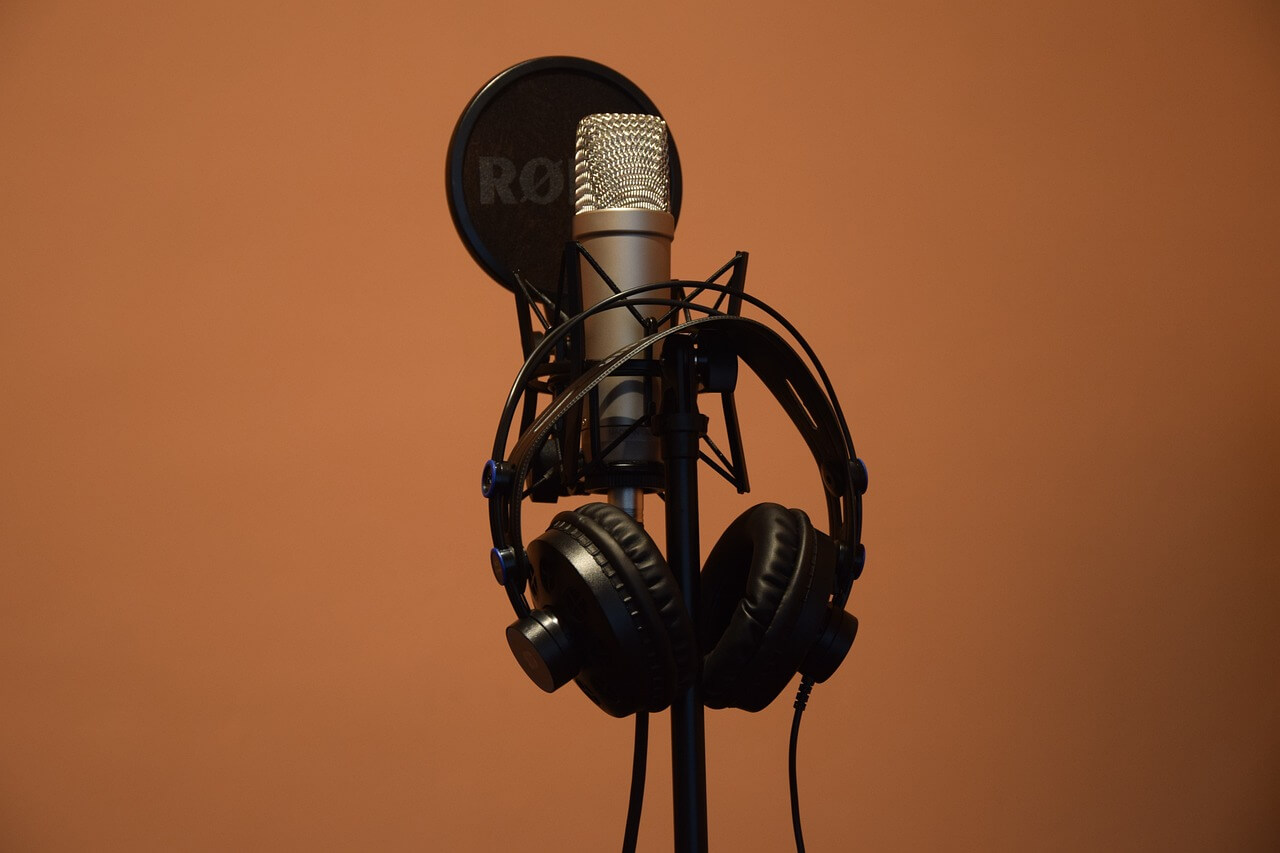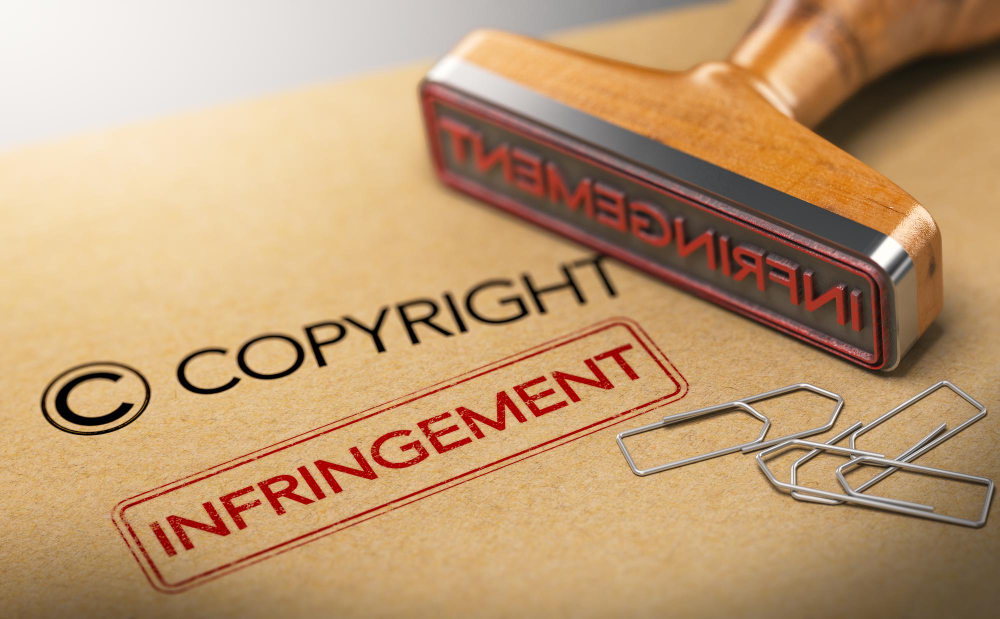
Is Your Trademark Registered Correctly?
Is Your Trademark Registered Correctly?
It doesn’t make sense, but…
I hear it way too often. “I helped that company get their trademark registered,” they say. “My dad was a lawyer and I saw him do it a hundred times.” This leaves me with so many questions. First, is this person also a lawyer? If not, they just admitted to the unauthorized practice of law. Second, this area of law changes frequently, so unless you’ve somehow kept up through the years, this person likely did not understand all relevant nuances. Third, getting a registration is very different from getting a registration that actually helps and adds value to the company. Is your trademark registered correctly? I often wonder if this person’s mom was an optometrist, would they help correct someone’s vision? Even if they were a doctor too, only a trained optometrist can really effectively perform this task. So, does it really run in the family?
There are several different ways
to protect your brand through trademark registration, the most important being gaining a Federal Trademark registration for your brand name. The second being the registration of your brand’s logo. Would someone necessarily know the difference if they don’t practice trademark law? Not only should you register your brand federally, but you should also register it with your state. These are all important nuances. You may have a tagline that you use for your business. For example, my firm Initiating Protection’s tagline is “Where Your Mark Gets Its Start”. In order to prevent other businesses from using the same tagline to promote themselves, it is important to register it as well.

“But I Didn’t Know”
This phrase is the reason I started my firm. I heard it so many times from small companies when I worked for big firms and represented the large companies. These small companies were taking chances by operating in unknown conditions. This risk was not necessary, and I want to show them the way to certainty. My mission is to inform, educate and represent small and mid-sized companies in the world of intellectual property, and specifically brand rights. My purpose is to remove obstacles and reduce the friction that may prevent you from conducting business as you wish. Informing and educating are so important, because IGNORANCE IS NOT AN EXCUSE! If you want to be sure that your trademark is registered correctly, don’t hesitate to reach out.


